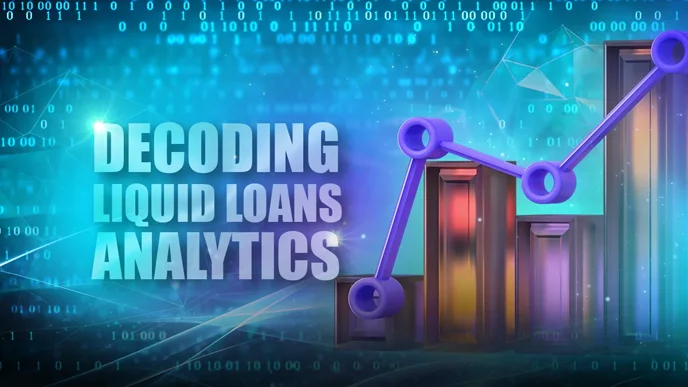Mindblown: a blog about philosophy.
-

START HERE: Join The DeFi Revolution With Liquid Loans
Join us as we take you on a journey and show you everything you need to know about the Liquid Loans Protocol!
-

EXPLAINED: Liquid Loans DeFi Lending Protocol on PulseChain
Liquid Loans is a truly-decentralized lending protocol built natively for PulseChain.
-

Reentrancy Attacks: Safeguarding Against the Dangerous Smart Contract Exploit
Reentrancy attacks drain millions from blockchain apps. Learn how these exploits work and best practices to guard smart contracts.
-

LP Rewards is Over! But Fee Accumulation Isn’t (Don’t Pull Liquidity)
The LP Rewards is over, but here’s why you should not rush to pull your liquidity on the USDL:PLS pair.
-

Decoding the Liquid Loans Analytics (Weekly Highlights)
Stay up to date with all the Liquid Loans Stats and Analytics here!
-

Bitcoin Pizza Guy Travels Back in Time to Use Liquid Loans
Here’s how Bitcoin Pizza Guy could’ve used Liquid Loans to have his Bitcoin and eat his pizza too.
-

CAUTION: Flirting with 110% WILL Probably Get You Rekt! Do THIS NOW
You need to know how dangerous this is…many users have chosen low collateral ratios. Is it worth it?
-

The Stability Pool Explained: How Staking USDL Maintains System Solvency and Earns Yield
The stability pool maintains system solvency of the Liquid Loans protocol by ensuring that USDL is always backed by PLS.
-

How To Buy LOAN Token (Step-By-Step 2024)
Click here to follow our step by step guide on how to buy LOAN token in 2024.
-

The Importance of Business Logic in Software Development
Unlock the Power of Software Development with Strong Business Logic! Explore the Vital Role it Plays in Your Business Success. Learn More in Our Latest Blog Post.
-

Fortress for Your Data: Why Immutable Backup Solutions are the Future of Cybersecurity
Click here to learn how immutable backup solutions can save you from hardware failure and cyberattacks.
-

What is Block Depth and Why Does It Matter?
Learn what block depth means on the blockchain, how it relates to transaction confirmations, and why deeper block depths provide greater security and consensus for cryptocurrency networks.
Got any book recommendations?